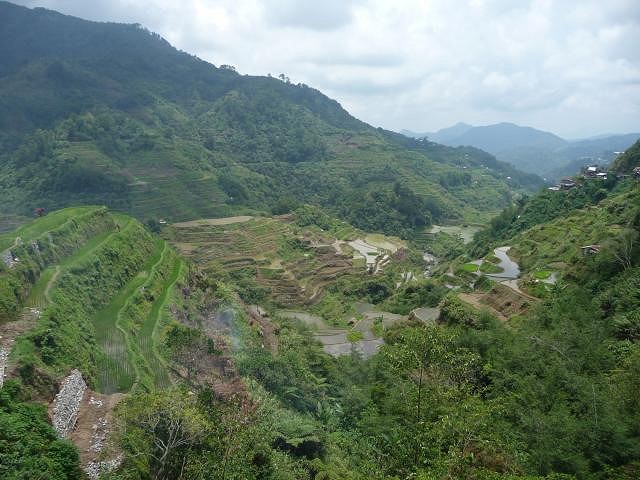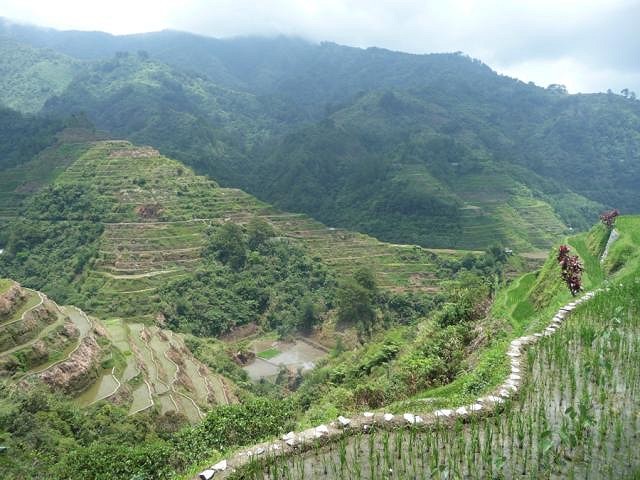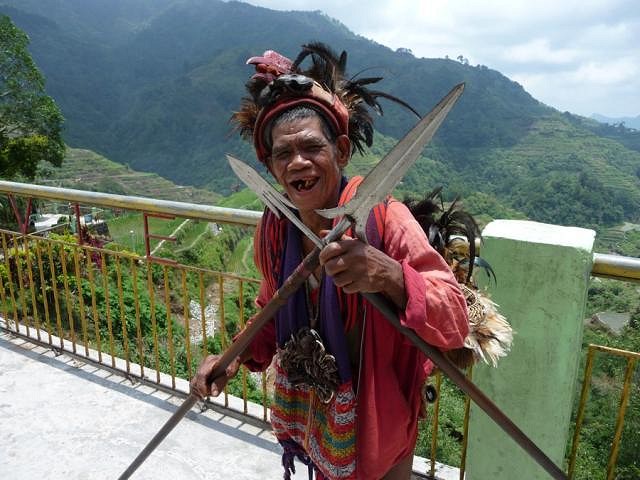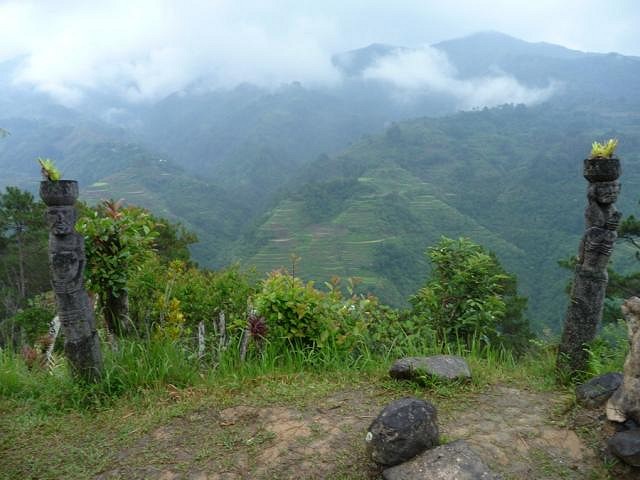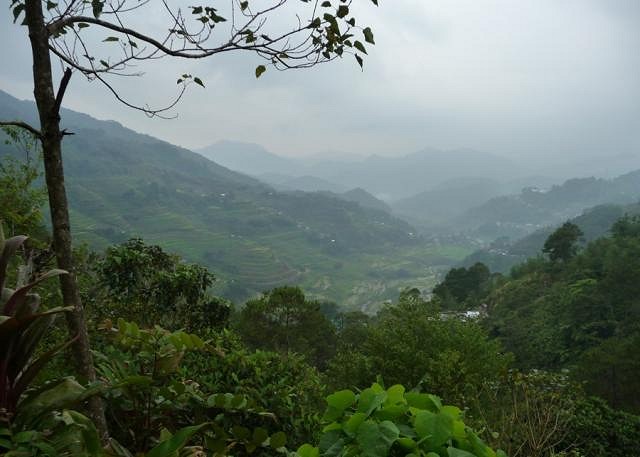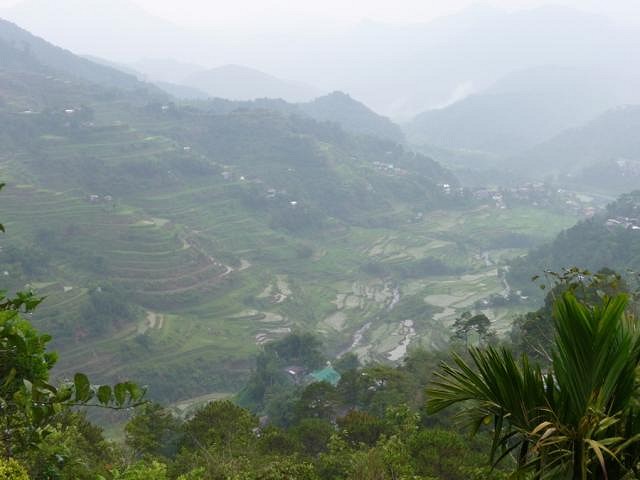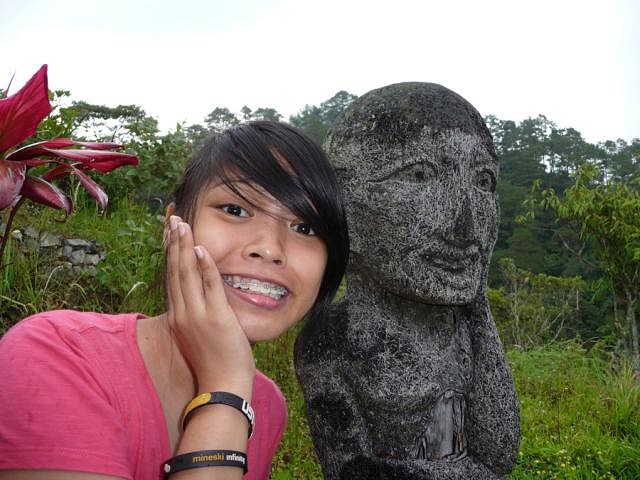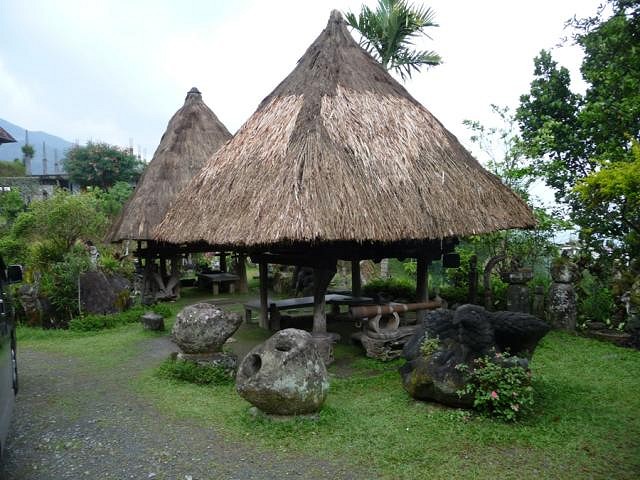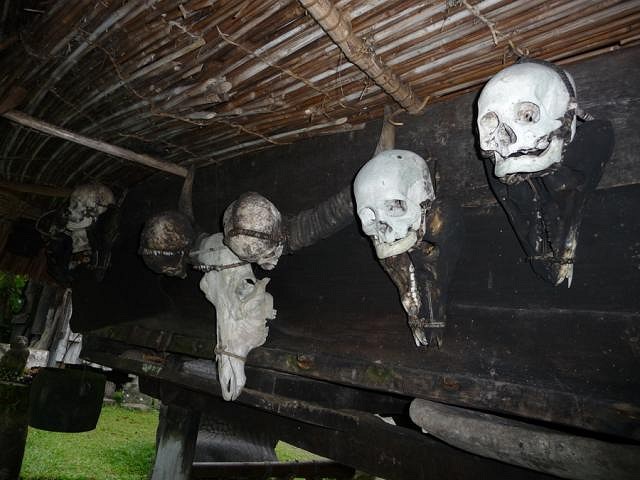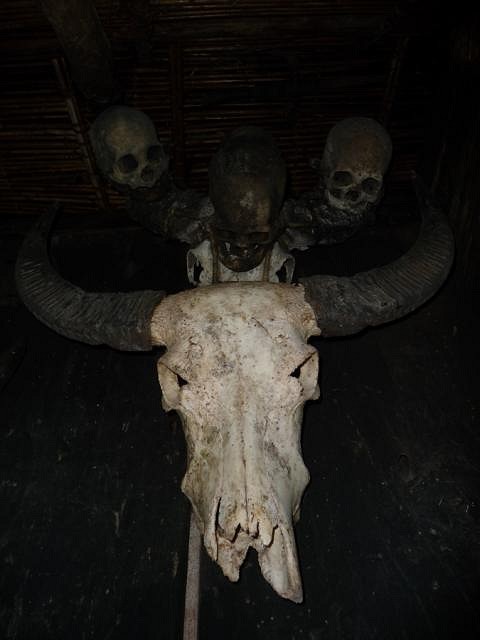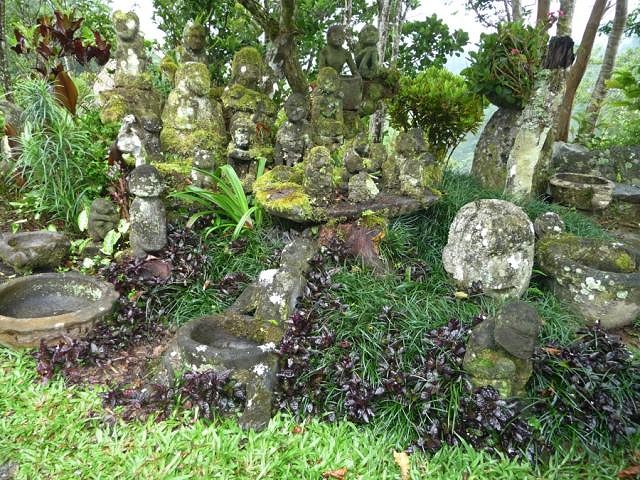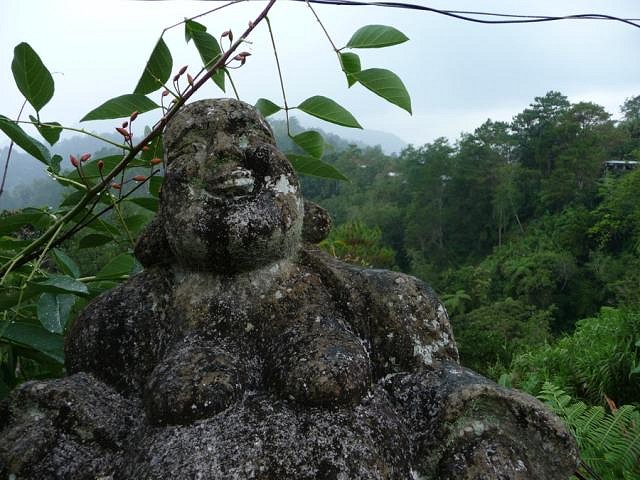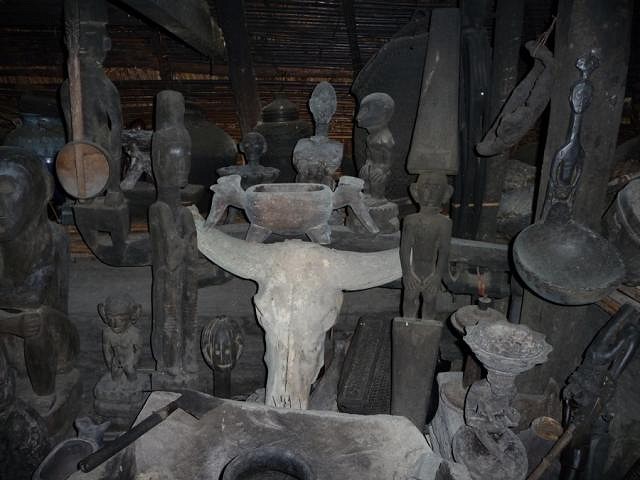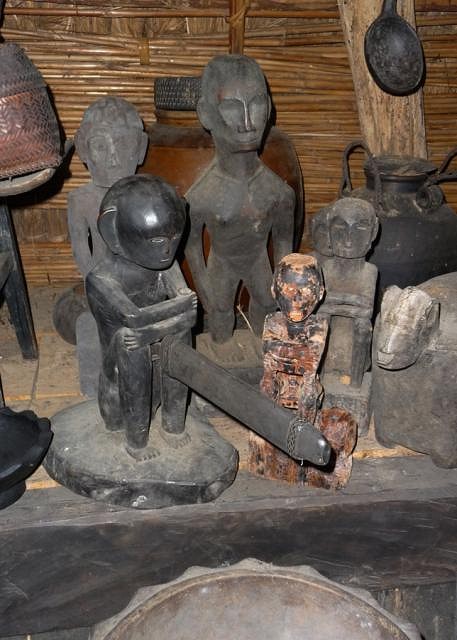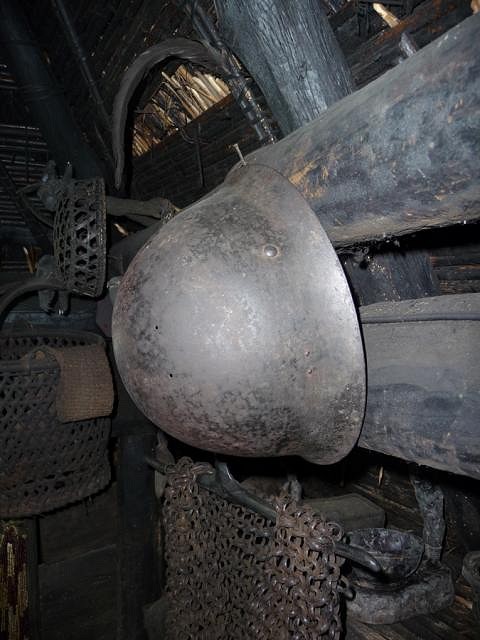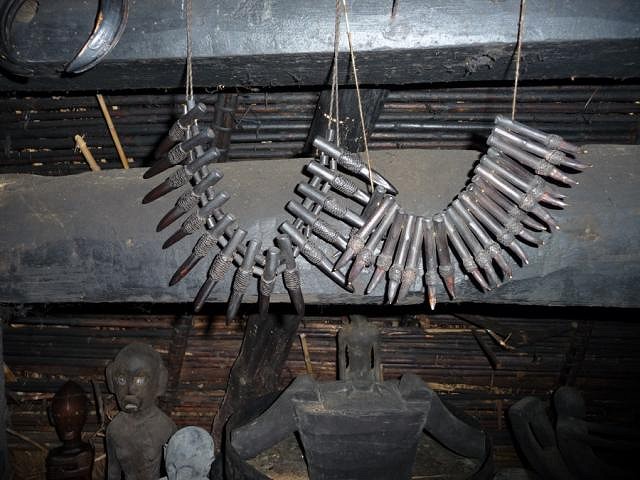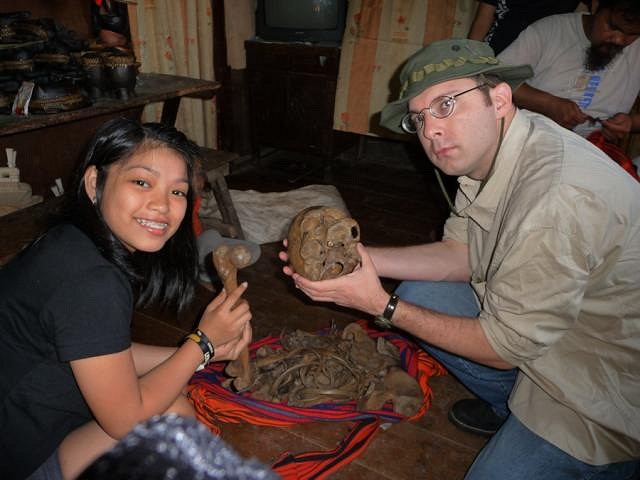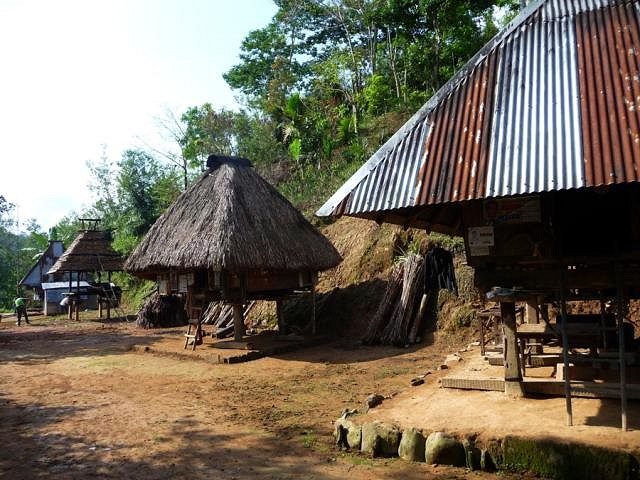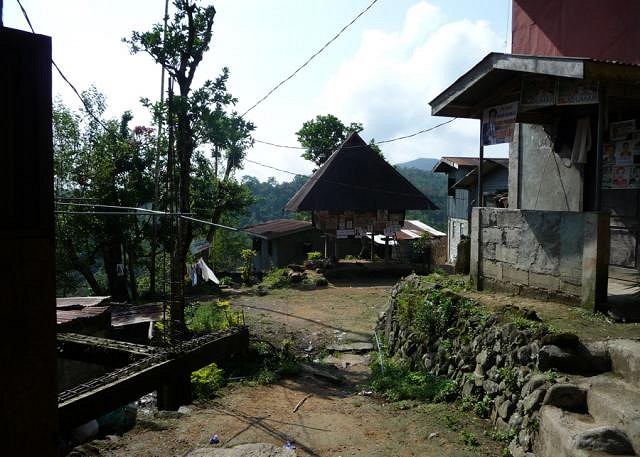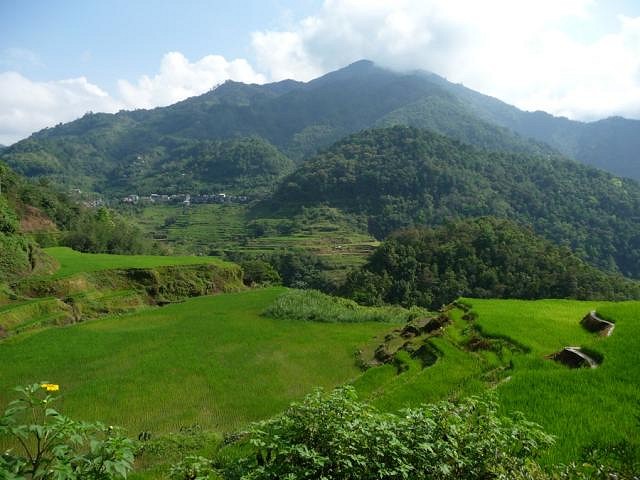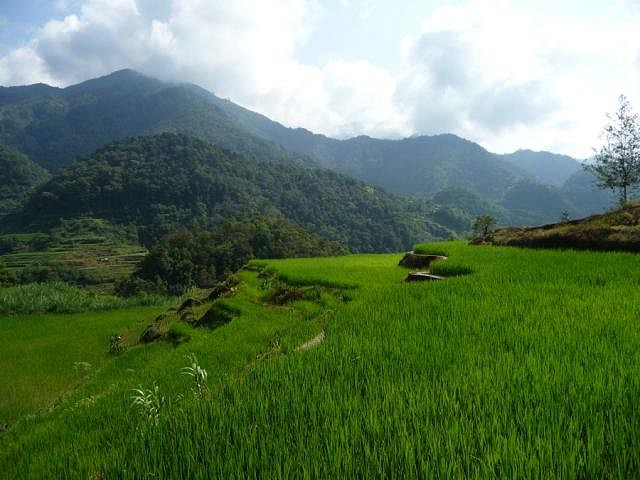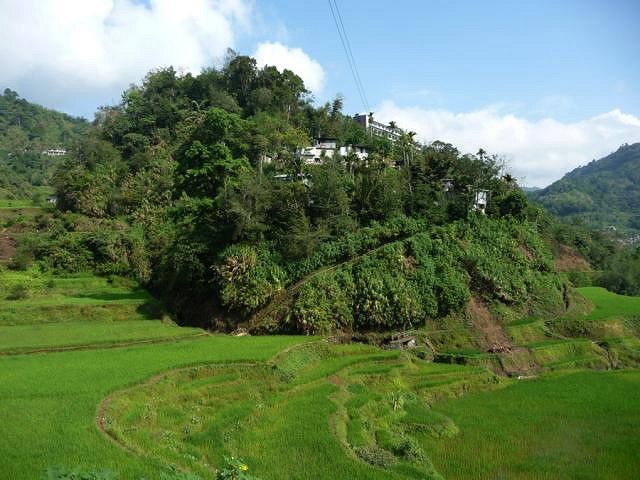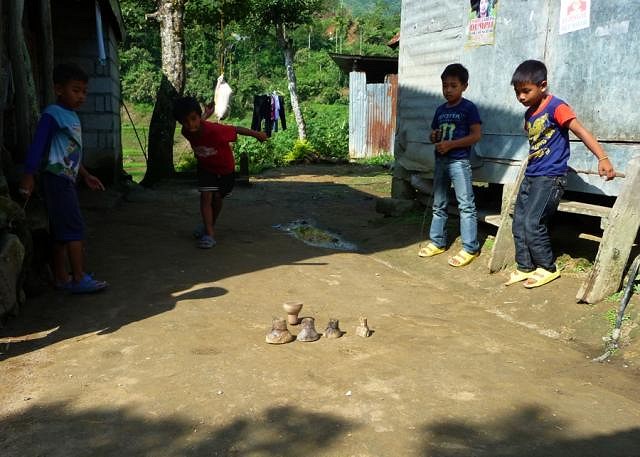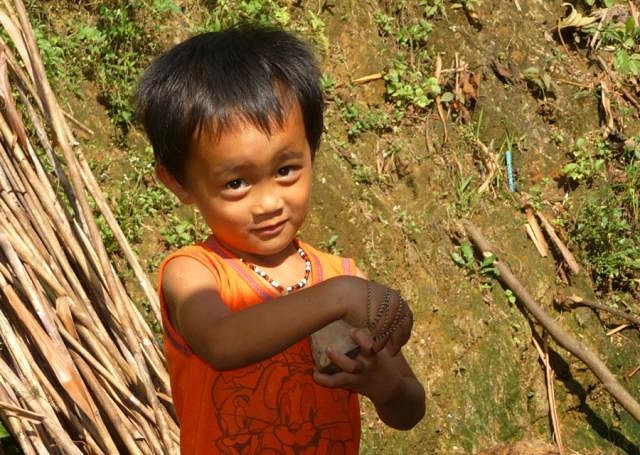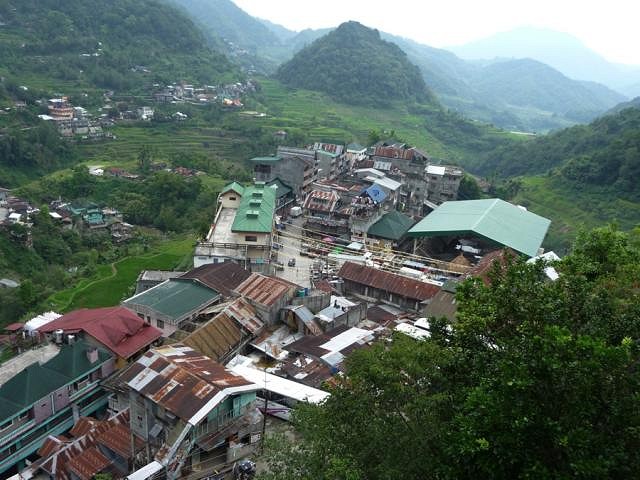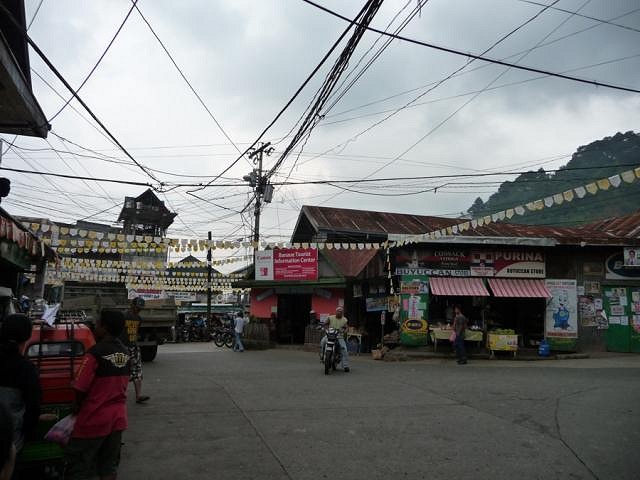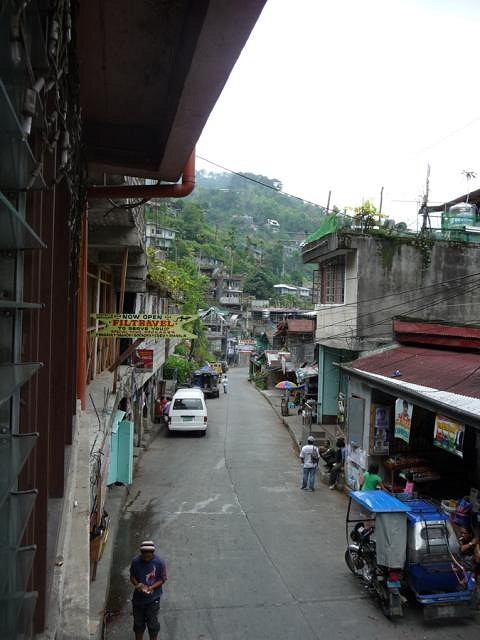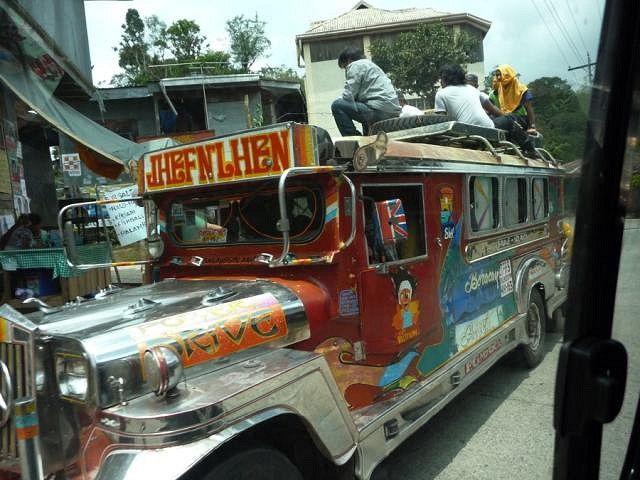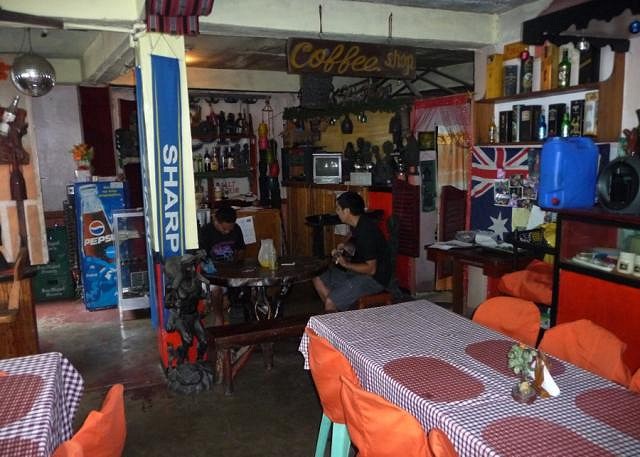Pages: 1 5 replies
|
W
Wayfarer
Posted
posted
on
Tue, Apr 30, 2013 10:32 AM
On my latest trip to the Philippines I visited the Ifugao rice terraces, which were made 2000 years ago by Ifugao tribesmen. Not precisely tiki but these people were headhunters, so close enough. While in Banaue, where the rice terraces are, I also went to Hiwang Village which is full of old Ifugao stone and woodwork as well as some remnants of their not-so distant headhunting past. I've been to Borneo a few times and this culture high in the mountains of north Luzon, isn't too different from the former headhunting tribe I'd seen there. The Spanish never quite conquered the mountain men like they did the lowlands so their culture is a lot more preserved as it was. Even today its a long trip through winding mountain roads to get here, but it was worth it!
[ Edited by: Wayfarer 2013-04-30 10:33 ] |
|
W
Wayfarer
Posted
posted
on
Tue, Apr 30, 2013 10:50 AM
I forgot to add these shots of Banaue proper. It has no bank and the ATM is just for show. Also, they don't take credit card here. Be prepared to barter with chickens for food and lodging. I'm kidding. But just barely. Hot water, like the internet or air conditioning, is a luxury here. Up in the mountains I also found American country music is quite popular.
|
|
HT
Hale Tiki
Posted
posted
on
Tue, Apr 30, 2013 10:55 AM
These photos are awesome, thank you. I am, however, sad that the douchey-ness that is Nickelback has made it's way all the way to the Philippines. :) Some really awesome photos. Looks like you had a heck of a trip, and incredible views! |
|
H
hiltiki
Posted
posted
on
Wed, May 1, 2013 7:47 AM
The pictures with all the skulls were very interesting and eerie at the same time. Thank you for all the info and pictures. |
|
T
tikilongbeach
Posted
posted
on
Wed, May 1, 2013 8:11 AM
Great pictoral! I love the comment, "You know what I like to decorate my skulls with? More skulls." It was a great laugh! |
|
W
Wayfarer
Posted
posted
on
Thu, May 2, 2013 8:42 AM
That was only one day's worth of an amazing eleven day trip. I'd post more it if I thought TC would let me. Besides Banaue we also visited the Capas National Shrine & Final Bataan Death March Marker (the Shrine is on the site of the POW Camp and every kilometer of the Death March is marked with a white obelisk), saw the hanging coffins of Sagada (they traditionally hang their coffins off the sides of the mountain), the first Filipino flag in Baguio, the Spanish colonial town of Vigan, stayed in a 140 year old Spanish mansion, viewed the site of Gen. Yamashita's surrender, enjoyed fabulous mountain views throughout, saw the body of Ferdinand Marcos (who looks well for a man twenty years dead), visited Marcos' vacation home, went horseback riding on the northern shore of Luzon, saw the limestone beach formation called Kapurpurawan, saw "earthquake" baroque churches, took in a view from the base of Cape Bojeador Lighthouse, saw the beach windmills in Bangui & a beautiful red sunset and that's the short version of our trip! Oh, and I interviewed my friend's father, who as a child witnessed World War II first hand on Bataan. His father was a guerrilla. Glad you guys liked the pictures. |
Pages: 1 5 replies

